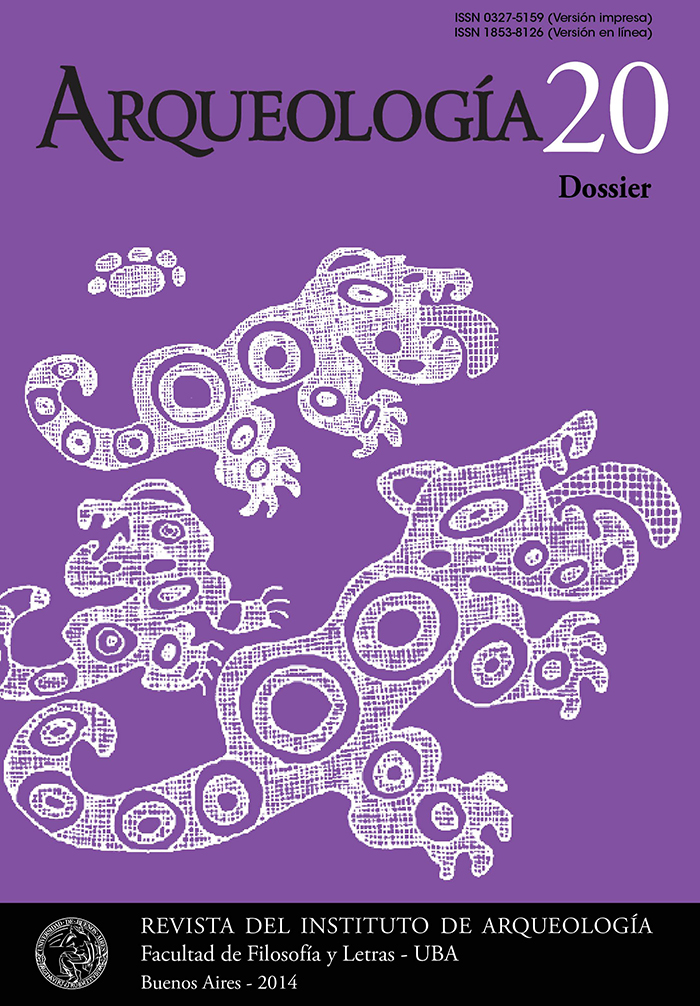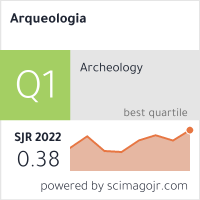Archaeological research on late communities in Guandacol Valley (Felipe Varela department, western La Rioja): Space, technological pottery styles and chronology
Keywords:
Guandacol valley, Population dynamics, Technological pottery styles, Chronology, Marginal section of Argentinean Northwest
Abstract
In this paper we focus on the population dynamics of the communities that inhabited the western re-gion of La Rioja province during the Regional Developments Period, according to the results obtained from the surveys carried out in diverse ecological units from Guandacol valley, western La Rioja. Likewise, we discuss chronological periods based on absolute and relative dating. From a landscape perspective, we focus our interest on the settlement patterns and we recognizespatial and temporal dispersion of technological pottery styles identified for the area. The results lead us to look over some aspects related to the occupation of the territories and the chronological framework for the Late Period in a place that is considered as a “marginal” and “peripheral” area of the ArgentineanNorthwestlargest clustered defensive sites.Downloads
Download data is not yet available.
How to Cite
Iniesta, M. L., & Bárcena, J. R. (1). Archaeological research on late communities in Guandacol Valley (Felipe Varela department, western La Rioja): Space, technological pottery styles and chronology. Arqueología, 20(3), 39-60. https://doi.org/10.34096/arqueologia.t20.n0.1580
Section
Articles
Authors who publish in this journal agree to the following conditions:
- Authors retain copyright and yield to the journal right of first publication with the work registered with attribution license Creative Commons, which allows third parties to use the published always mentioning the authorship of the work and first publication in this magazine.
- Authors can make other independent and additional contractual arrangements for the non-exclusive distribution of the version of the article published in this issue (p. Eg., Inclusion in an institutional repository or publish it in a book), provided that clearly indicate that the work was published for the first time in this magazine.
- It allows and encourages the author / s to publish their work online (eg institutional or personal pages) before and during the process of revision and publication, as it can lead to productive exchanges and greater and more rapid dissemination of work published (See The Effect of Open Access).





(1)13.png)






1.jpg)
1.jpg)


13.png)
1.png)


(1)1.png)









